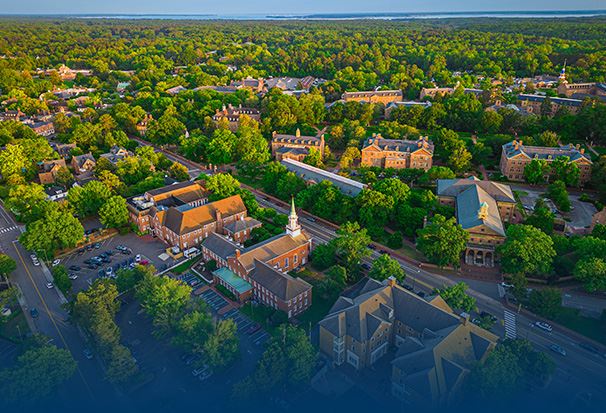Medicare vs. Medicaid: Similarities and Differences
With such similar-sounding names, many Americans mistake Medicare and Medicaid programs for one another, or presume the programs are as similar as their names. While both are government-run programs, there are many important differences. Medicare provides senior citizens, the disabled, and the blind with medical benefits. Medicaid, on the other hand, provides healthcare benefits for those with little to no income.
Overview of Medicare
Medicare is a public health insurance program for Americans who are 65 or older. The program does not cover long-term care, but can cover payments for certain rehabilitation treatments. For example, if a Medicare patient is admitted to a hospital for at least three days and is subsequently admitted to a skilled nursing facility, Medicare may cover some of those payments. However, Medicare payments for such care and treatment will cease after 100 days.
In summary:
- Medicare provides health insurance for those aged 65 and older
- Medicare is regulated under federal law, and is applied uniformly throughout the United States
- Medicare pays for up to 100 days of care in a skilled nursing facility
- Medicare pays for hospital care and medically necessary treatments and services
- Medicare does not pay for long-term care
- To be eligible for Medicare, you generally must have paid into the system
Overview of Medicaid
Medicaid is a state-run program, funded by both the federal and state governments. Because Medicaid is administered by the state, the requirements and procedures vary across state lines and you must look to the law in your area for specific eligibility rules. The federal government issues Medicaid guidelines, but each state gets to determine how the guidelines will be implemented.
In summary:
- Medicaid is a health care program based on financial need
- Medicaid is regulated under state law, which varies from state to state
- Medicaid will cover long-term care




